
Doll Collection Storage: Proven Tips to Preserve and Display
Doll collecting is more than just a hobby—it’s a journey that bridges generations, preserves cultural history, and celebrates artistic craftsmanship. Every doll tells a story,
DISCOVER OUR NEWLY RELEASED COLLECTIBLE DISPLAY CASES! SHOP NOW
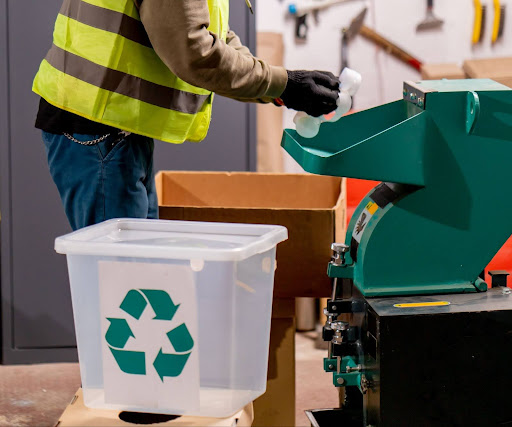
Sustainability in injection molding is no longer a buzzword; a fundamental pillar of modern manufacturing. Driven by Environmental, Social, and Governance (ESG) goals and the need to address the industry’s environmental footprint—from high energy use to plastic waste—manufacturers are turning challenges into powerful opportunities. Adopting greener practices doesn’t just reduce environmental impact; it drives innovation, enhances efficiency, and delivers superior quality.
This guide explores the key strategies to transform your operations, covering everything from smart material selection and energy-efficient practices to lifecycle-focused design and strategic partnerships. Discover actionable insights to build a more sustainable—and competitive—business without compromising on performance.

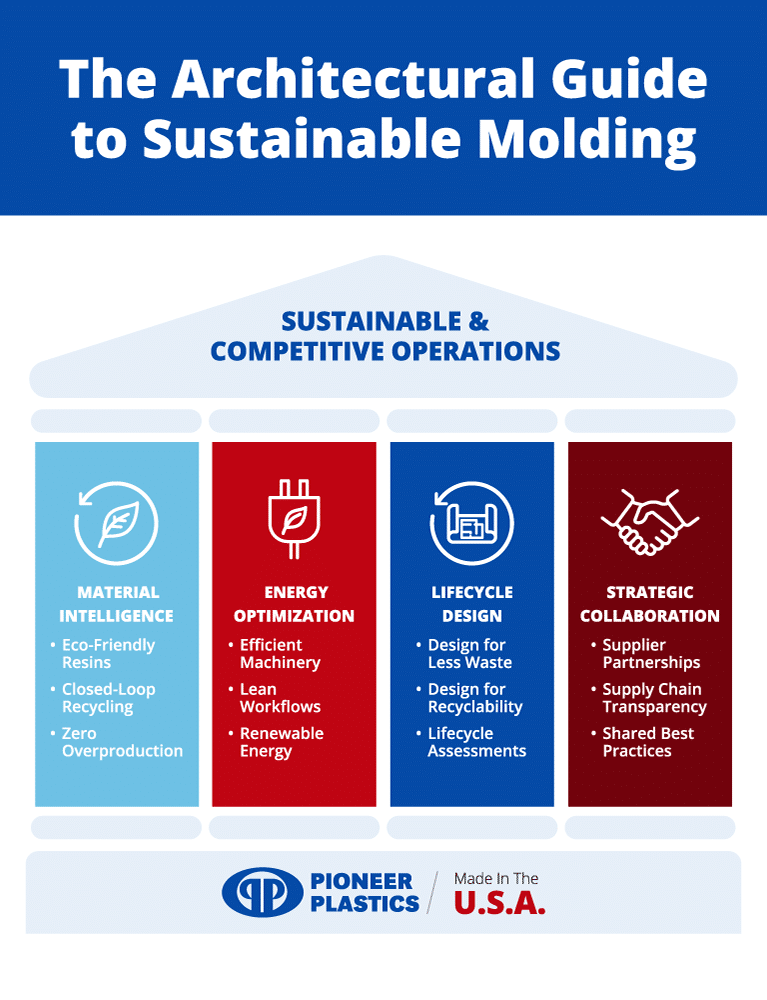
Achieving meaningful sustainability requires more than a single initiative; it demands a holistic approach built on a strong ESG framework. By focusing on four key pillars—Smart Material & Waste Management, Energy Efficiency & Carbon Reduction, Lifecycle-Centric Design, and Strategic Partnerships—manufacturers can create a comprehensive roadmap for more responsible and competitive production practices.
Reducing plastic waste is a primary objective, demanding innovative thinking about both the materials used and the processes that handle them. This involves a two-pronged strategy: adopting environmentally friendly materials and implementing rigorous systems to minimize waste.
Transitioning to sustainable materials is a key step. Options include:
While eco-friendly materials can sometimes come at a higher cost, manufacturers can address this by collaborating with suppliers on sustainable sourcing and investing in product redesign to optimize material use.
Equally important is managing waste during production. Many manufacturers now incorporate regrind—recovered plastic scraps—back into their processes through a closed-loop system that treats every scrap as a resource, substantially cutting the volume of materials heading to landfills. Furthermore, implementing lean manufacturing practices and accurate production forecasting can reduce the surplus caused by overproduction. Tools like rapid prototyping also allow for testing and refining designs before committing to full-scale production, minimizing errors and material waste.
Reducing energy consumption is critical to lowering the overall environmental impact and carbon footprint of injection molding. This can be achieved through several key strategies:
Thoughtful, eco-conscious design is crucial for sustainability, as early decisions can significantly reduce waste and improve recyclability down the line. A lifecycle assessment (LCA), which evaluates a product’s environmental impact from raw material extraction through to disposal, is an essential tool to guide these design choices. The key principles of this approach include:
By integrating end-of-life considerations like take-back programs and ease of disassembly from the very beginning, sustainability is woven into every stage of a product’s lifecycle.
No single company can achieve its sustainability goals in isolation. Collaboration is essential for advancing sustainable practices across the industry. Strategic partnerships with raw material suppliers, research institutions, and environmental organizations can help accelerate waste reduction and foster innovation. The benefits of this collective approach are clear:
By leveraging collective resources and expertise, companies can more effectively overcome challenges and drive the entire industry toward a more sustainable future.
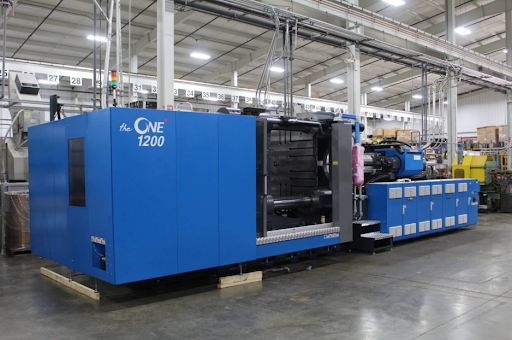
Pioneer Plastics demonstrates a commitment to sustainable practices in its injection molding operations. For example:
Pioneer Plastics has implemented initiatives aimed at reducing waste, including efforts to recycle production scrap materials. These measures are part of a broader strategy to reduce reliance on virgin plastics while minimizing waste.
An in-house tool and die shop allows for rapid design iterations, reducing the number of trial runs and associated material waste. This process helps align production more closely with design needs, contributing to more efficient operations.
Pioneer Plastics works closely with clients to select suitable eco-friendly materials and simplify product designs. By considering lifecycle impacts from concept through production, they support customers in reaching their environmental goals while maintaining quality.
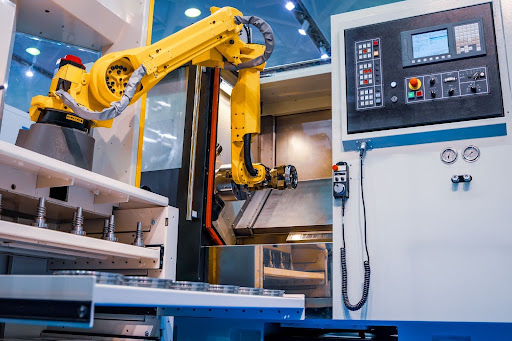
The journey toward sustainability is dynamic, driven by continuous innovation in technology, energy, and materials. While significant challenges remain, the injection molding industry is actively exploring and implementing forward-thinking solutions that promise a more efficient and responsible future.
The next frontier in sustainability is digital. Research and development continue into leveraging digital tools and automation to reduce waste and improve efficiency. Enhanced automation and smart sensor technology in modern equipment provide real-time production data, enabling precise process optimizations that were previously impossible. Furthermore, artificial intelligence is increasingly integrated into predictive maintenance systems, with documented benefits such as early fault detection and optimized maintenance scheduling that help prevent unplanned downtime and wasted resources. As the industry continues to explore ways to use these digital innovations, advancements in AI and data analytics are demonstrating real-world value and applications.
Integrating renewable energy sources into manufacturing processes is a vital step for advancing sustainability. By adopting solar, wind, or other renewable energy systems, companies can significantly reduce their reliance on fossil fuels and lower their carbon footprint. This strategic transition not only helps lower long-term production costs but also contributes to a cleaner, more resilient manufacturing ecosystem.
While challenges such as the higher cost of sustainable materials and current recycling limitations persist, these hurdles also inspire constant innovation. Research and development efforts continue to address these issues head-on. Companies are increasingly exploring advanced plastic formulations derived from agricultural waste or new biodegradable polymers that degrade more quickly. These solutions can help reduce long-term landfill burdens while maintaining critical performance characteristics. As these advanced technologies become more cost-effective and scalable, injection molding stands poised to grow as an even more sustainable manufacturing method across diverse industries.
Technology alone is not enough; sustainable manufacturing requires a commitment to ongoing evaluation and improvement. Many companies are establishing dedicated teams to track the performance of eco-friendly initiatives, utilizing advanced data analytics and environmental performance indicators to continually refine their operations. This iterative, data-driven approach ensures compliance with evolving ESG standards and, more importantly, uncovers new opportunities to reduce waste, improve efficiency, and reinforce a culture of sustainability.
As the injection molding industry adapts to growing environmental awareness and evolving ESG standards, adopting sustainable practices is increasingly essential. From reducing plastic waste and energy consumption to incorporating eco-friendly materials and thoughtful design practices, manufacturers can take meaningful steps toward a greener future.
Pioneer Plastics leverages decades of industry experience alongside a commitment to more sustainable practices. Whether you need guidance on eco-conscious design or custom injection molding solutions that incorporate recycled materials, Pioneer Plastics is prepared to help you enhance your environmental performance. Together, we can contribute to a more sustainable plastics industry—one innovative solution at a time. Contact Pioneer Plastics today to explore ways to reduce waste and improve sustainability in your operations.
The information provided in this content is for general informational purposes only and should not be considered professional advice. It is advisable to consult with a qualified industry professional before taking any action based on this information. The team at Pioneer Plastics is here to assist you with any questions you may have.

Doll collecting is more than just a hobby—it’s a journey that bridges generations, preserves cultural history, and celebrates artistic craftsmanship. Every doll tells a story,

Plastic components come in all shapes and sizes. While these parts might vary in terms of design or function, one very common need is the
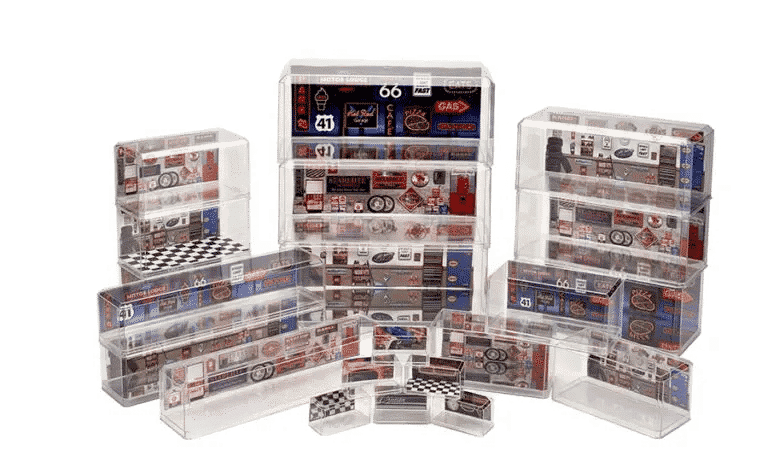
In many large-scale purchasing scenarios, wholesale display cases offer significant advantages for business-to-business (B2B) buyers. From reducing per-unit costs to streamlining supply chain operations, bulk